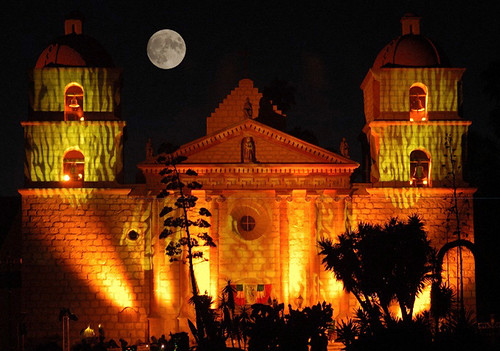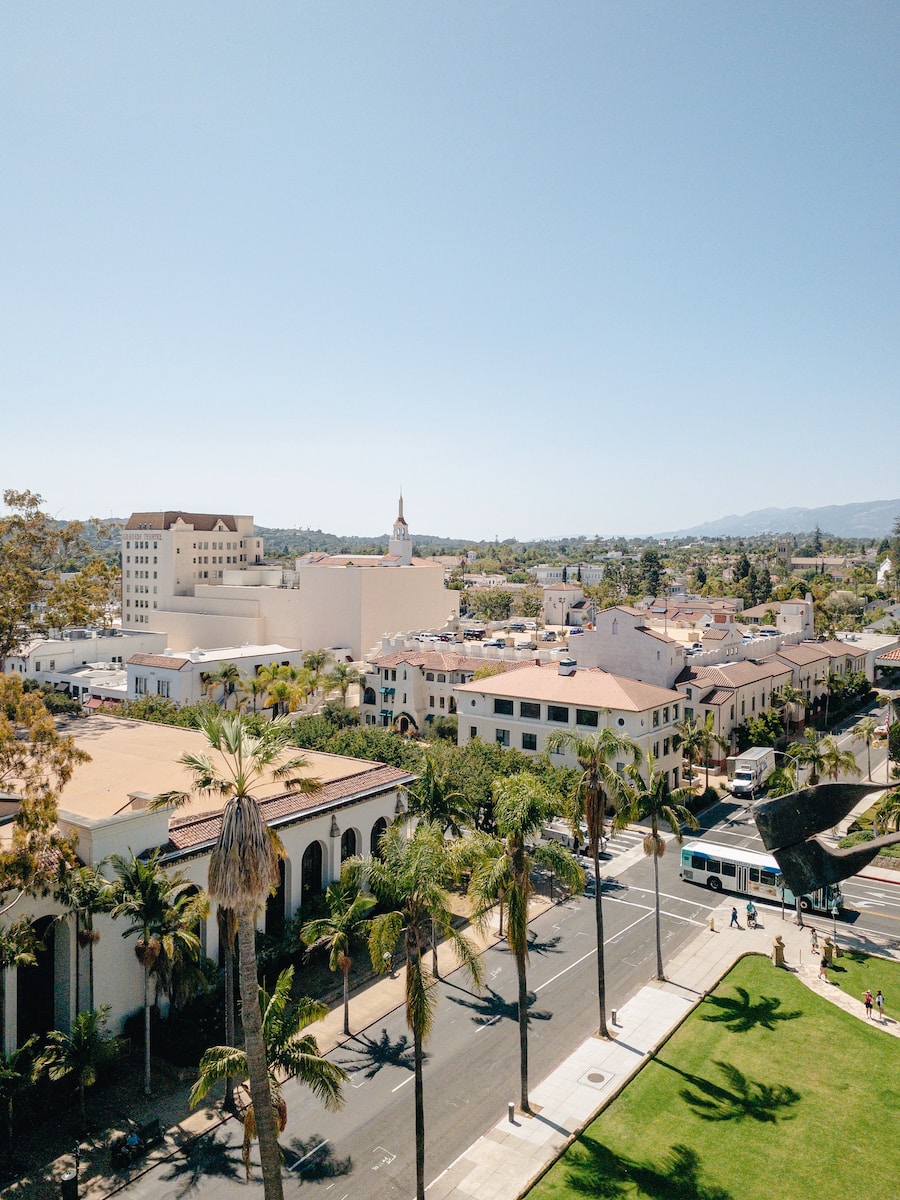
Few buildings define Spanish heritage in the United States quite like the chain of 21 California missions. These beautiful structures were founded by Catholic missionaries in the 18th and 19th centuries and remain an iconic part of the state’s landscape. The beauty of California’s natural landscape, the state’s rich history, and the diversity of its people all contribute to our understanding of how the state has evolved over time.
From its early days as a Spanish colony to its present-day status as one of the most populous and prosperous states in the Union, California has always been a place where people from all walks of life have come together to create something new.
The Santa Barbara Mission was first established in 1786 as the 10th mission in the California mission chain. The mission, which is now a National Historic Landmark, is renowned for its sophisticated design and classical proportions. This church was built by Spanish missionaries and still stands in its original form. It is the only surviving original mission church from the 20th century which is unaltered up to this day.
The church is huge, striking and elegant, and has earned the title of the “Queen of the Missions”. The church is a sight to behold, with its massive size and beautiful design. It is truly a work of art.
Historic Background
In the centuries before the Spanish arrived in Northern California, the west coast was populated by numerous American Indian tribes. These tribes had their own distinct cultures, languages, and ways of life. However, all of them were impacted by the arrival of the Spanish and their subsequent colonization of the region.
The Spanish saw the potential in the Chumash people and decided to establish the Santa Barbara Mission in order to make contact with them. The Spaniards believed that they could convert the Chumash to Christianity and help them become more civilized. They also thought that by establishing a mission, they would be able to keep an eye on the Chumash and prevent them from interacting with other tribes who might influence them in a negative way.
In 1786, Roman Catholic missionary Fermín Francisco de Lasuén started the Santa Barbara mission that was strategically located in an area that was perfect for farming and had a climate that was suitable for growing a variety of crops. The mission also had access to a nearby river, which provided a reliable source of water for irrigation.
By 1787, the first mission church at Santa Barbara had been constructed out of logs, with a slated grass roof. It was crude and soon required replacement. The design was flawed and it became clear that a new one was needed in 1789. As the mission grew in popularity and size, the scale and quality of its church building also increased. The original church, which dated back to 1794, was built from tile and adobe.
The adobe version of the fourth and present church was destroyed in the great earthquake of 1812. The structure is made of bricks. It was completed in 1813. The grand new church was built in 1815. Master stonemason Antonio Ramirez played a vital role in its construction, guiding converted natives as they completed most of the labor. Construction on the new stone church began in 1817 and was essentially complete by 1820. The church’s façade was designed with elements inspired by classical architecture, making it one of the most beautiful and notable buildings in all of California.
The early 1800s were a time when life at the mission encompass around religion as well as agricultural interests. The missionaries and the Native Americans who lived there worked together to grow crops and tend to the animals, while also attending religious services and participating in other spiritual activities. It was a time of both hard work and deep belief, one that left a lasting mark on all who were a part of it.
The Pedregoso creek had a dam built across it as early as 1807 in order to provide water for the local residents and irrigation for the nearby crops. The dam was constructed using materials such as stone and mortar, and it served its purpose well for many years. By 1808, a fountain and long laundry trough had both sprung from the reservoir. The fountain was a welcome addition for the townspeople, who now had a place to get fresh water. The laundry trough provided a much-needed service for the town’s many businesses.
After Mexico achieved independence in 1834, new law dictated the secularization of the missions. The Santa Barbara mission was among those that were required to secularize. This process involved transferring ownership of the mission from the Catholic Church to the Mexican government. The secularization of society led to a land separation, the desertion of buildings, and ultimately the collapse and severe ruin of those structures.
This process severely affected the way in which people lived and interacted with their surroundings, often leading to negative consequences. Although many other missions in California fell into neglect and decay, the Santa Barbara Mission was able to escape this fate. President Lincoln later then decided to return the mission’s buildings and 283 acres of its land back to the Catholic Church in 1865, . He believed that it was the right thing to do since they were the original owners.
The church remained in good condition until an earthquake hit southern California in 1925. The earthquake caused serious damage to the church. Fortunately, the building’s seven massive stanchions held strong, and almost all of the exterior remained standing. The entire building had been painstakingly rebuilt, using mainly its original stone, by 1927. The process was long and costly, but the results were worth it. Fortunately, the new structure was an exact replica of the original, right down to the smallest detail.
The Mission Today
The church, which was built over two centuries ago, is still home to an active parish and a working community of Franciscan friars. Maintained by the parishioners and friars, the church and its grounds remains a beautiful and welcoming place for all who enter. The retreat center and museum on the current mission property offer visitors a chance to see the historic areas around as well as the aqueduct system. This is a great opportunity to learn more about the history of the area and see some of the unique features up close.
Both self-guided and docent-led tours occur on a daily basis. Self-led tours are available every day from 9:00am to 5:00pm, and docent-conducted tours occur regularly on weekends. This gives visitors the opportunity to choose the type of tour that best suits their needs and interests. Tons of historic documents regarding Santa Barbara’s Mexican-era, Spanish and native history are put in place in the archive-library of the mission. The library is open to the public for research and study.


0 Comments